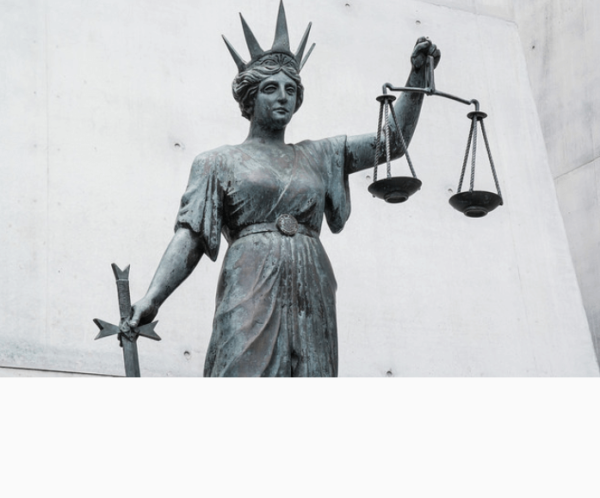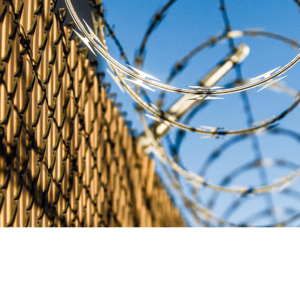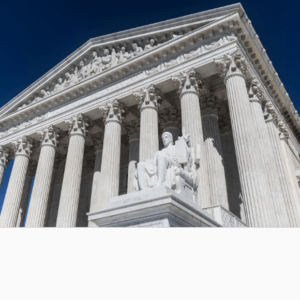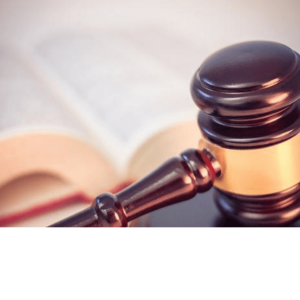- 1.1: Discuss the Criminal Justice system and its functions, such as crime control and the administration of justice.
- 1.2: Describe the Criminal Justice process, including investigation, arrest, pretrial activities, adjudication, sentencing, and corrections.
Introduction to Criminal Justice
This course explores criminal justice in the United States. It will provide students with an understanding of the American criminal justice system and its major components, including the police, the courts, and corrections. Students will also learn about crime, its causes, and its consequences. Other areas of criminal justice that will be examined include the different types of law, possible defenses to criminal charges, and alternatives to incarceration. The course will also provide an overview of the juvenile justice system and explore criminal justice in the 21st century.
Learning Objectives/
- 2.1: Distinguish between different types of violent crimes and property crimes.
- 2.2: Apply various criminological theories to the different types of crime to better understand why crime occurs.
- 2.3: Recognize the economic and social consequences of crime.
- 3.1: Explain the five main types of law that fall under the rule of law.
- 3.2: Differentiate between felony and misdemeanor crimes.
- 3.3: Apply common defenses for criminal charges to different offenses.
- 4.1: Examine the organization of police departments, as well as their mission, role, and function in society and within the Criminal Justice system.
- 4.2: Describe the management of police departments, as well as the different policing styles.
- 5.1: Examine legal issues and challenges in policing, including the potential for police abuse of power, due process requirements, and the Exclusionary Rule.
- 5.2: Discuss different social issues and challenges faced by police, particularly with regard to police-community relations.
- 5.3: Examine professional issues and challenges in policing, including corruption and the dangers of police work.
- 6.1: Differentiate between the federal and state court systems.
- 6.2: Categorize the various courtroom participants, including the prosecution, defense, and judge.
- 7.1: Illustrate the order of pretrial events and include the role of plea bargaining during these events.
- 7.2: Examine trial events and procedures, including jury selection, opening statements, presentation of evidence, closing arguments, jury deliberation, and the reading of the verdict.
- 8.1: Compare the five main goals of sentencing, including retribution, incapacitation, deterrence, rehabilitation, and restoration.
- 8.2: Recognize the differences between determinate and indeterminate sentencing.
- 8.3: Debate issues surrounding sentencing today, such as the effectiveness of Three Strikes sentencing laws in deterring crime.
- 9.1: Describe the different aspects of probation, including conditions of probation and revocation of probation.
- 9.2: Examine various types of intermediate sanctions, including fines, house arrest, and boot camps.
- 10.1: Differentiate between types of prisons, such as minimum, medium, and maximum security, and the current issues associated with each.
- 10.2: Examine the purpose, role, and functions of jails within the correctional system.
- 11.1: Recognize the rights of inmates, including First and Fourth Amendment rights, access to the courts, medical care, and religious freedom.
- 11.2: Discuss various sociocultural aspects of prison life, such as prison culture and the inmate code.
- 11.3: Examine issues associated with the management of prisons, such as controlling inmate behavior and security threats.
- 12.1: Debate the effectiveness of parole in successfully transitioning offenders back into the community.
- 12.2: Examine issues and challenges associated with offender reentry into the community, such as finding employment.
- 13.1: Examine the legal rights of juveniles, including protections against unreasonable searches of personal property.
- 13.2: Explain the key differences between the Juvenile Justice system and criminal case processing in the adult Criminal Justice system.
- 14.1: Examine how technology can be used to commit crimes, such as cybercrime or biocrime.
- 14.2: Analyze issues surrounding international crime, including terrorism, and efforts to combat such crime.
Be the first to review “Introduction to Criminal Justice”
You must be logged in to post a comment.








There are no reviews yet.